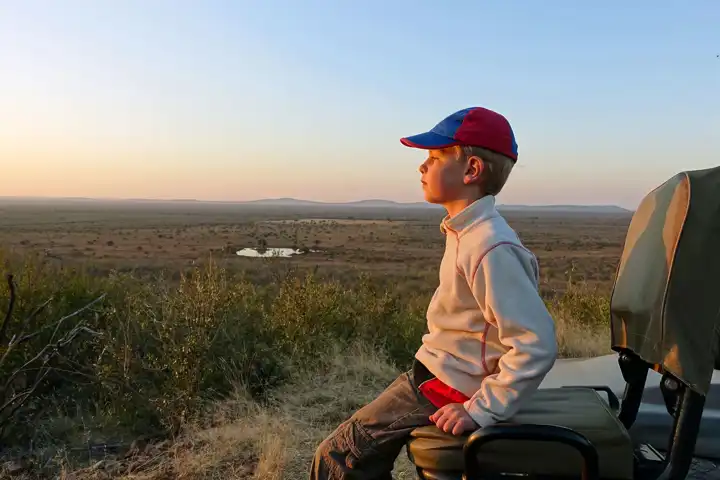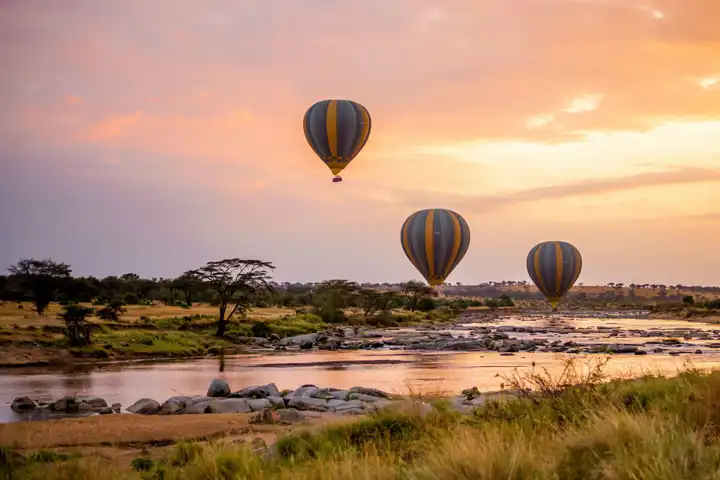Sudan
A Feast for the Senses
Sudan
While crowds flock to the Great Pyramids in Egypt, the older pyramids in Sudan often keep solitary company with the desert winds. Their golden pyramids sit like crowns in the country’s barren deserts; fitting for this land of ancient regal past.
Indeed, Sudan is an archaeologist’s dream. This arid land was once the heartland of the Kushite kingdom, once stretching all the way to Libya and Palestine, ruled by Nubian kings. Meroe’s pyramids, built as the final resting place for kings and queens, are nestled into the sand dunes of an uncharted territory. More golden pylons of history are waiting for the world to awaken and take notice in Sudan’s remote Nile Valley. Columns emerge from the sand like waving arms greeting visitors.
Go inside the pyramids with a Ker & Downey guide and feel the shaded chill within. Multi-colored hieroglyphics wrap along the arched interior. These monuments are much smaller than the “Great” ones in Sudan’s northern neighbor, but no less fascinating. And while smaller there are many more of them, numbering close to 200 structures. Climb up the Jebel Barkal, a giant rock in the sea of sand, to get a spectacular view of them all.
The 14th-century temple of Soleb close to the Egyptian border was built by the same pharaoh Amenhotep III of Luxor, and its style is distinctly Egyptian. Sculpted rams carved from chunks of stone and giant hieroglyphic-covered columns stand between remnants of a temple. It was even visited once by the famed king Tutankhamun. The Temple of Amun, a 12th-century UNESCO Heritage Site, is one of the country’s largest. It is impossible not to feel inspired in Sudan by the carvings of ancient gods, chiseled by human hands so long ago. Coptic history exists throughout the country too, like in Old Dongola where a temple rises from the dust.
Life in this arid land along the route from the Nile to the Red Sea has existed for thousands of years. As your Sudan desert odyssey continues, you will meet the Beja nomads with their camels and goats. Villagers emerge from their round huts made from acacia branches to greet you with a smile and invite you in for a cup of spiced tea. Women wear bright clothes and golden baubles dangle from their ears.
While the desert is sparsely populated, you’ll find the opposite in frenetic Khartoum. Wind your way through the souks picking up colorful beads along the way and snacking on falafel pulled from bubbling vats of oil.
Cruise along the crystal clear Red Sea and dive in to discover the underwater world loved by legendary explorer Jacques Cousteau. Manta rays and vibrant fish glide in Merlo Reef and eels peer out from small crevices. Whether on the sand, in the city, and on the water, you’ll find that Sudan is a feast for the senses.




